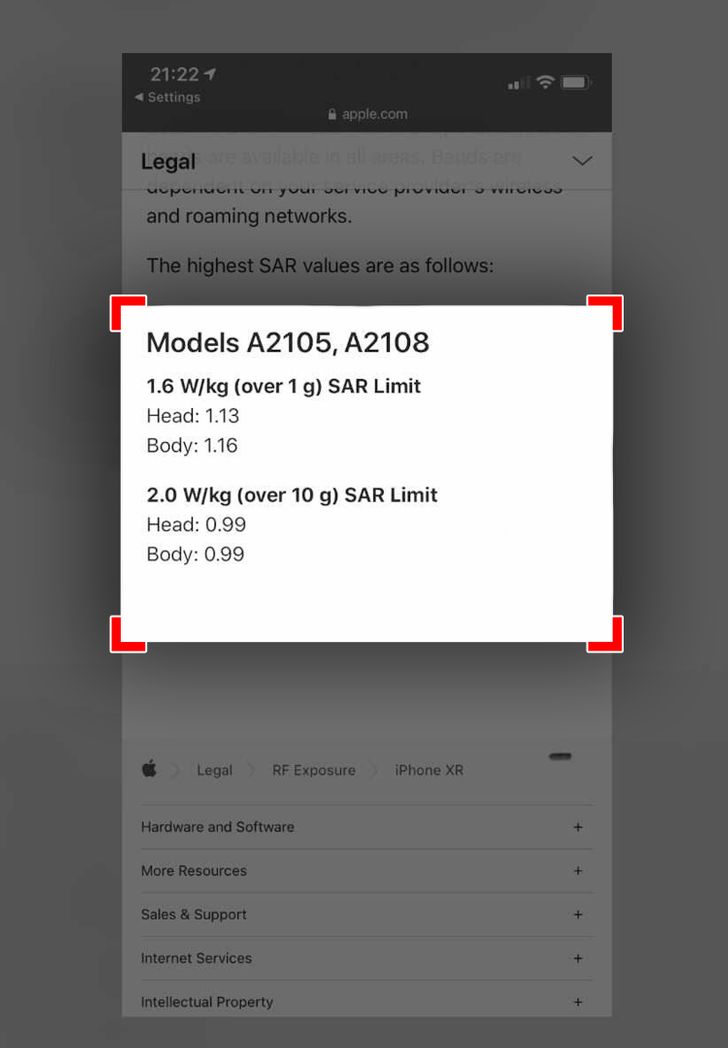How to Use Your Cell Phone Correctly
When you overuse your smartphone or any other smart gadget, it might cause repetitive stress injuries that we all tend to overlook. You may often complain of experiencing neck, elbow, hand, wrist, and thumb pain, along with other ailments, when you use these gadgets for a prolonged period of time. With this in mind, 5-Minute Crafts is highlighting some tips to help you use your cell phone safely.
1. Don’t keep your phone in the bedroom when you sleep.
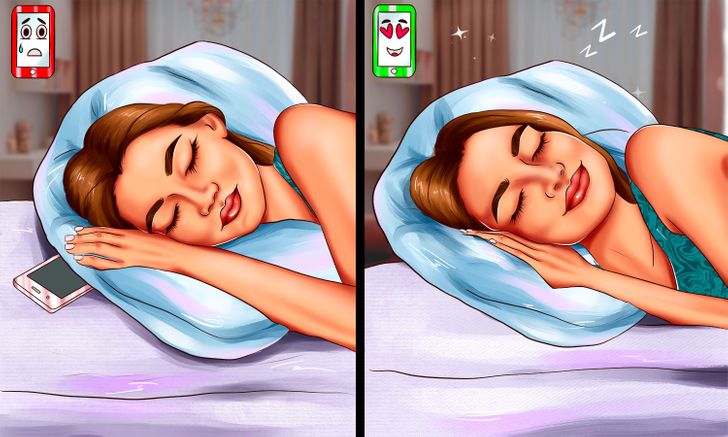
Using your phone before heading to bed can disrupt your sleep quality, which, in turn, can impact your circadian rhythm, also referred to as your biological clock. Also, when you compulsively check your phone and read something upsetting, it can make it difficult for you to fall back asleep.
Hence, you should consider keeping your phone in another room while you sleep and invest in an alarm clock instead if you need to wake up at a certain time.
2. Don’t extend your arm while taking a selfie.

When you extend your arm to take a selfie, it exerts tension on your tendon that is connected to your elbow joint. It also locks your elbow, contorts your wrist, and strains your forearm muscle. The best way to avoid this injury is by holding a selfie stick or other accessories closer to your body that can safely help you capture a selfie.
3. Apply ice to your stiff finger joints after using your phone.
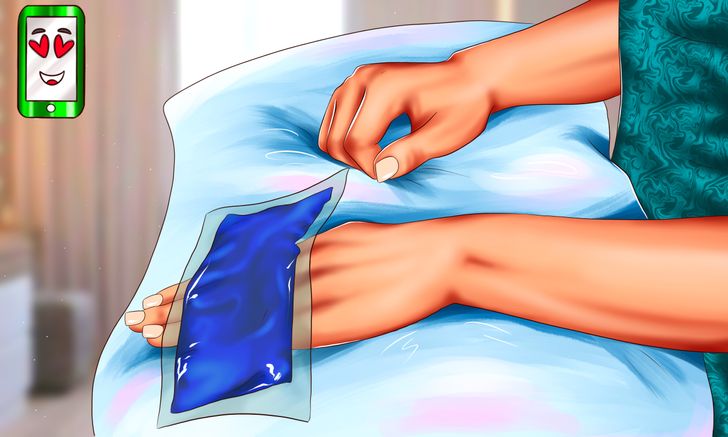
When you spend a lot of time on your smartphone, it may impact the look and function of your fingers. Sometimes conditions like smartphone finger or thumb may show up. This happens when the tendons in your fingers become exhausted, causing soreness and inflammation in your fingers and thumb.
You can cure these conditions by putting a cold compress on the finger joints — sometimes even a warm compress comes in handy. You can also try to reduce your screen time.
4. Use your smartphone at eye level.
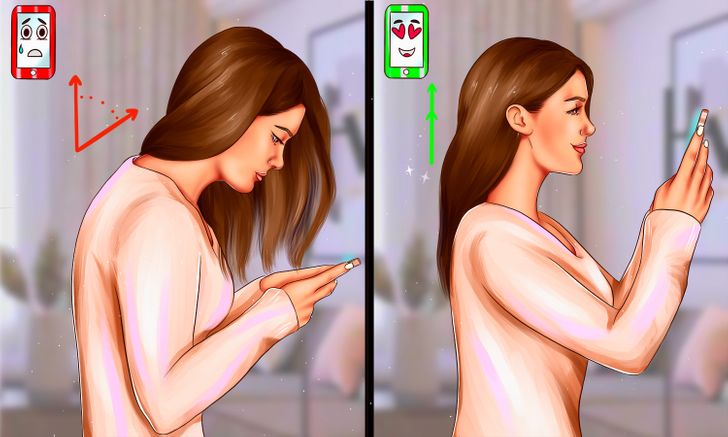
When you hunch to look down at your smartphone, it could cause a curvature in the spine and cause neck and back issues. This might eventually lead to headaches as well. This condition is called iHunch or iPosture, where the head protrudes forward and the shoulders become hunched.
This can be fixed by using the phone at an eye level and arm’s distance, taking frequent breaks from the screen, stretching your body, and exercising.
5. Invest in a phone with low SAR.
SAR stands for Specific Absorption Rate. It helps in determining the strength of the magnetic field absorbed by the body. There are many ways to determine the SAR value of a phone. Buying a smartphone with low SAR will reduce the risk of being exposed to cell phone radiation.
6. Use your phone when the network is strong.
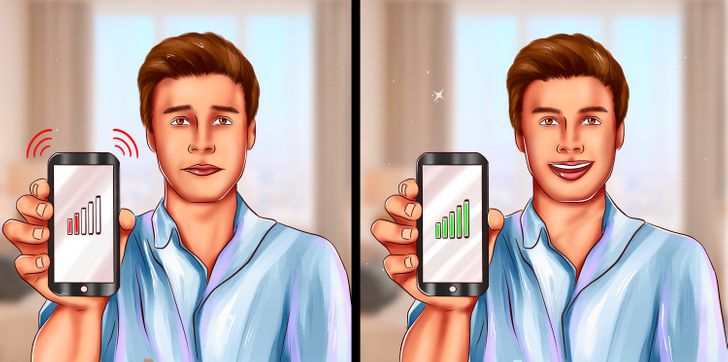
When a smartphone is moving, like in a car, it seeks a signal, which increases the power the device uses while searching for a new relay antenna. The weaker the signal, the more your smartphone amplifies the radio frequency to find a network. This could increase your chances of being exposed to smartphone radiation as well. Because of this, it’s best to avoid using your phone when there is a low signal or no network.
